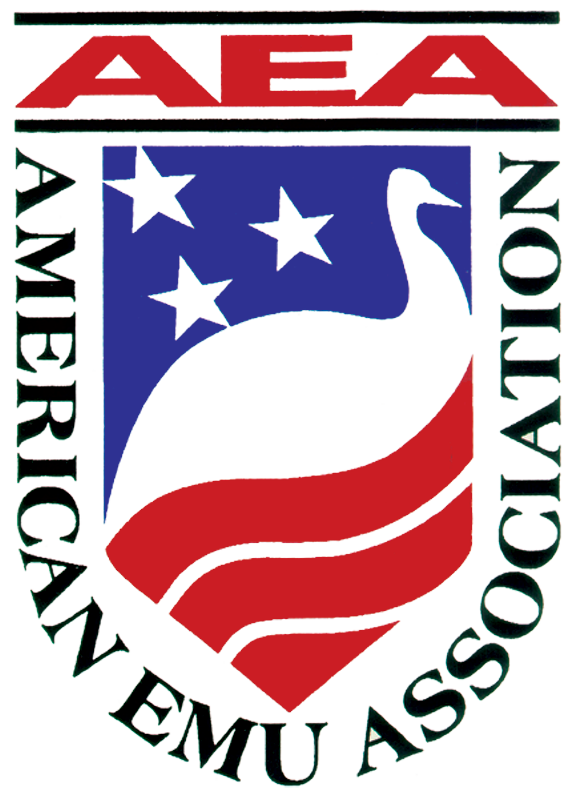Endocrine and testicular changes in a short-day seasonally breeding bird, the emu (Dromaius novaehollandiae), in southwestern Australia.
Seasonal changes in testicular morphology and blood plasma concentrations of LH, testosterone, and prolactin are described for captive male emus in southwestern Australia. Testicular mass and testicular testosterone did not differ between the non-breeding (spring-summer) and the breeding (autumn-winter) seasons. Nevertheless, the testes obtained in the breeding season (May and August) were nearly two fold greater in mass than those collected in the non-breeding season (October and February). The highest testicular concentrations of testosterone were observed in February and lowest in October, while the values during the breeding season were intermediate. The patterns of histological changes in the testes also indicate that emus breed over the autumn-winter months. Tubule diameter was larger in the breeding season than in the non-breeding season, whereas the relative volume of the interstitium was larger in the non-breeding and smaller in the breeding season. Moreover, during the autumn and winter months, plasma LH and testosterone concentrations were high. Outside this period, in spring and summer, the concentrations of these hormones were low. Prolactin concentrations rose around the winter solstice, after the initial increases in plasma LH and testosterone. The end of the breeding season, in early spring, was marked by a gradual decrease in plasma LH concentrations but a rapid fall in testosterone concentrations. Prolactin concentrations continued to increase and peaked near the spring equinox, several weeks after the breeding season ended, and then decreased to reach baseline values by mid-summer. These testicular and endocrine changes are consistent with observations that the emu is a short-day breeder in southwestern Australia. Reproductive activity in the male begins soon after the summer solstice, well in advance of the development of suitable breeding conditions, and is then terminated in spring before food resources become limited by the onset of the dry season.
PMID: 9835373 [PubMed – indexed for MEDLINE]
Anim Reprod Sci. 1998 Oct;53(1-4):143-55.

Founded in 1989, The American Emu Association is a non-profit trade association representing breeders, producers and marketers of emu meat, oil and other emu co-products. The emu industry is an alternative agricultural industry, dominated by the small farmer, who is devoted to humane and environmentally positive practices that will produce beneficial products for society. For more information about the American Emu Association (AEA) or the emu industry visit http://aea-emu.org